
Covid conspired repeatedly to keep us from a bucket list trip, but we ultimately prevailed this winter. We had long wanted to see the Yellowstone Basin area in wintertime. Appropriately enough, this year marks the 150th anniversary of the establishment of Yellowstone as a national park.
As far back as the 1990s, we inquired about photography trips run by the McDonalds (Joe and Mary Ann) but it seemed the snowmobile controversy put their version of Yellowstone winter trips on extended hiatus. Looking back, it seems strange to me that I/we were interested in doing such a trip, given that at that point, we had never been to the region as adults during the milder seasons. (I had been to Yellowstone as a child with my parents and siblings, presumably in the early 1970s.) Back in the film and slide days, we used Joe’s method of exposure compensation to great effect.
Somehow, we never made it to Grand Teton and Yellowstone until the summer of 2015. It was love at first sight, mountains so dramatic they rivaled Patagonia, thermal features, waterfalls, rivers and wildlife, wildlife, wildlife! We needed little encouragement to return again in August 2017, prompted by the total solar eclipse on August 21 of that year.
Our photographer friend Susan connected us with Gordon and Cathy Illg, who run photography trips as Adventure Photography. Our friend Greg also signed on. But this was in the way, way back time, before the global coronavirus pandemic blew up most travel plans. The trip was planned for winter of 2021, a year ago and was postponed to this winter as the pandemic raged on. Susan was concerned about being at altitude and Greg had familial obligations which kept him from coming on the postponed trip.
Covid conspired again to keep us from doing this trip, one week before departure. We had our closest Covid scare yet, when we received a dreaded “I have Covid” email from a friend we had dined with 2 nights before (thankfully, on a heated outdoor patio). Happily, he wasn’t very ill and his wife was asymptomatic and her PCR test was negative several days later.
Saturday, February 12, 2022
Travel to Jackson, Wyoming has been greatly simplified and sped up since our prior trips by the addition of a NON-STOP flight from San Diego on Alaska, only 2 hours and 20 minutes! Every leg of this journey was speedy, from our Uber appearing within minutes to our on time departure. Even the lounge was being spruced up since our last passage through. We were accompanied by a noisy sextet of male dentists and their wives.
One of our two guides for the week, Bobby Pfeiffer, met us at the airport. Jeff from central New Jersey was already there, and Bruce arrived afterwards from Santa Barbara.
After settling in to the Lexington, we met the rest of our week’s companions at dinner that night in a private dining room in the historic Wort Hotel. Our other guide from Teton Science Schools, Dylan Klinesteker, proved to be another knowledgable and personable young man. Rounding out the group were friends from central California Peggy (San Luis Obispo) and Cheryl (Atascadero), Glynn (a friend of Peggy’s husband), and a long distance couple (former high school sweethearts who rediscovered each other after their spouses passed away), Jan and Chuck. Jan celebrated her 80th birthday on this trip. The youngest member of our group was Wendy, from the Washington DC area, who works as a liason to government for Adobe.
Sunday, February 13, 2022
To shoot the sunrise on the Tetons, we were up in the cold dark, for breakfast at 6:30 am and off in the vans at 7:10 am.
The cold was penetrating, even with warming insoles in my Thinsulate lined snowboots. I had hand warmers in my coat pockets, but had to move them into my gloves to unthaw painfully cold fingers.
Initially, my mind felt dulled by the cold, my fingers fumbling to change lenses and struggling to change the tripod’s configuration. Once the sun rose, the cold was more bearable, especially when we went beyond Kelly to the hot springs, where steam poured off the water and frost crisped the grasses.
We made a quick stop off the Gros Ventre (Big Belly, bien sûr!) Road to shoot the Tetons again, then headed to the fish hatchery for trumpeter swans.
The graceful birds gliding in the pond took me back to a similar scene, Lake Kussharo on Hokkaido in the dead of winter, a fairy tale scene of swans on a lake, with winter mist, snow and blue skies, another remarkably cold morning.
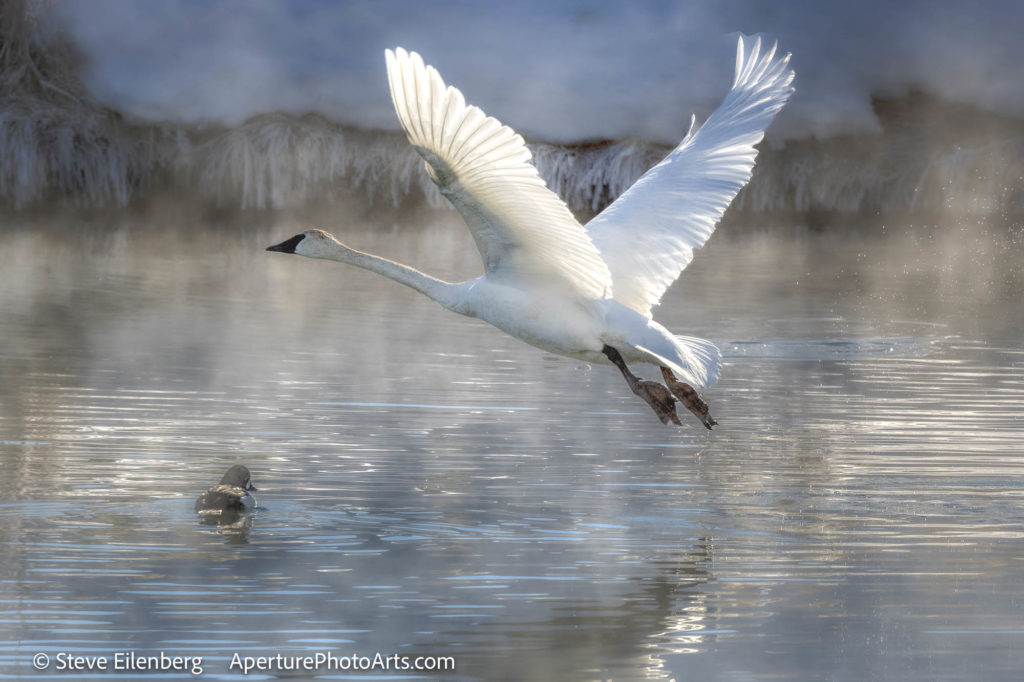
Steve has excellent reflexes (and a faster camera) for birds in flight: trumpeter swan, Jackson, Wyoming.
Rocky mountain big horn sheep on a ridge prompted our next stop. They were high above us, hard to pull in even with a 2X teleconverter on a 100-400 mm zoom.
A little further down the road, a group of big horn sheep ambled down to a more approachable level.
Lunch was at Palate at the National Museum of Wildlife Art. Slicing through the firm croissant enfolding chicken salad did not inspire confidence, so I ate the sprouts and chicken salad with grapes and walnuts and left the croissant. Gordon’s grilled cheese sandwich with caramelized onions looked more appealing. The starter of lentil and game stew was warming and tasty.
Afterwards, we had a guided tour by Laurie, an energetic museum docent. Both Steve and I were surprised how much we enjoyed this museum, which includes many paintings by Thomas Moran, whose depictions of the region on an early exploratory trip were instrumental (along with the photography of William Henry Jackson) in persuading Congress to make Yellowstone the first national park in 1872. Another highlight was a display of National Geographic’s 50 Greatest Wildlife Photos.
Our final group activity was a sleigh ride into the Elk Reserve with Clint directing a pair of draft horses, Maverick and Goose (their names drawn from the film Top Gun).
Some of the elks are afflicted with scabies.
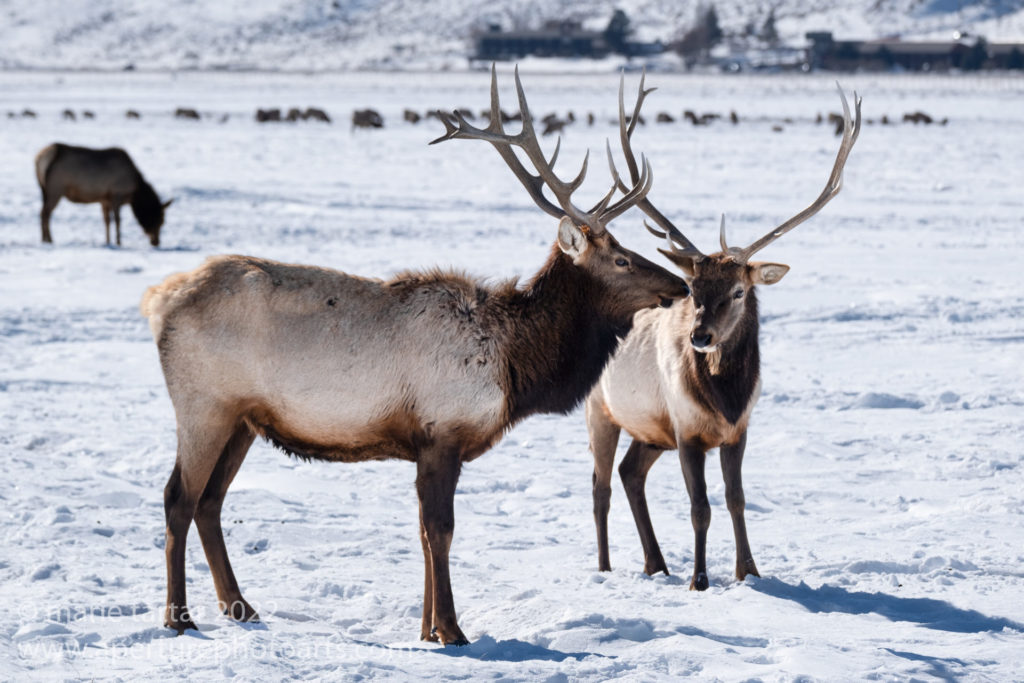
Elk antlers feature prominently in decor in Jackson, Wyoming. Arches made up of 14,000 pounds of shed antlers lead into the town square. Unlike horns, antlers are shed yearly.
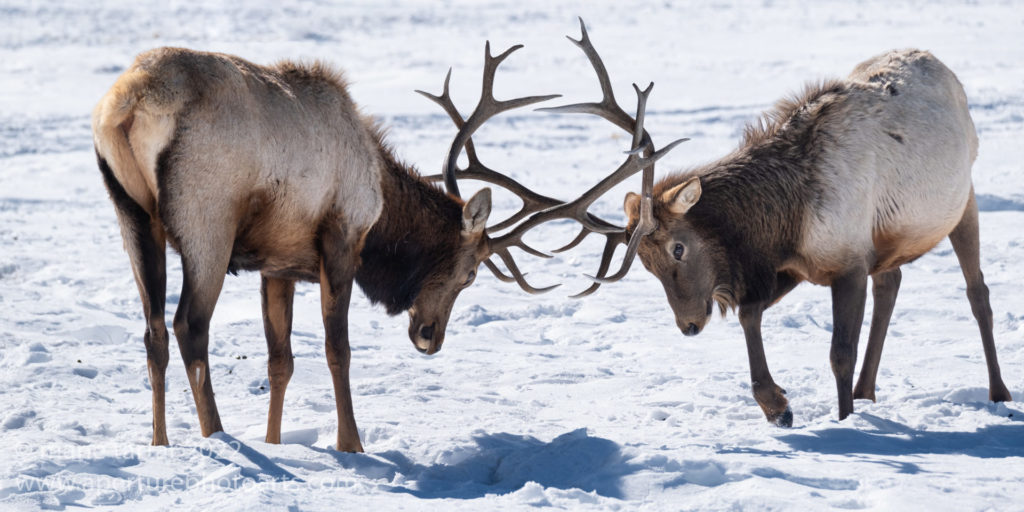
Two young male elk practice sparring. Adult males do get into it in the fall, vying for mating privileges with the cows.
Gordon unexpectedly offered pizza as a dinner option but we elected to keep our 5:15 reservation at Gather, sharing pork buns with kimchi and salad with citrus, beets and pistachios. Based on our inaugural morning, Steve was in pursuit of more substantial long underwear pants, which we found in town.
Monday, February 14, 2022
Today, we loaded up early to head north into Yellowstone. En route, we stopped off to shoot at Lewis Falls.
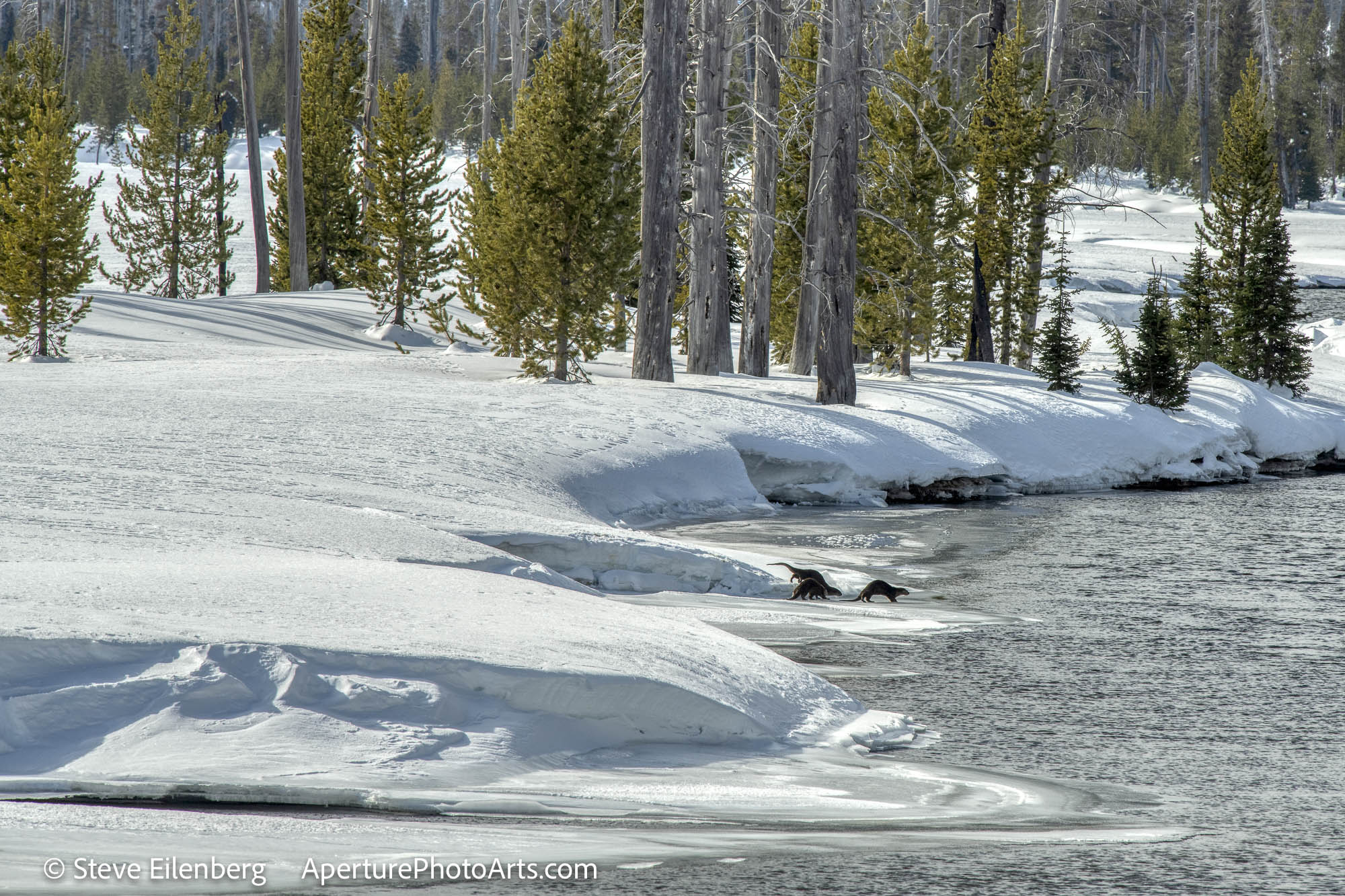
On a quick stop at Lewis Falls, Steve managed to capture a trio of otters slithering into the river.
At Flagg Ranch, our vans were exchanged for snow coaches, as we can only enter Yellowstone from the south on “over snow” vehicles, so it’s either this or snowmobiles.
After a stop for a sandwich lunch at the warming lodge at West Thumb, we did a quick circuit through the geyser basin. We needn’t have hurried. Dylan’s snow coach had sprung a power steering leak. They managed the potentially crippling problem adroitly-all the passengers were squeezed into one van and continued on to our destination, Old Faithful. Dylan stayed with the vehicle. The mechanic summoned from Jackson made quick work of the repair and some hours later, after we enjoyed an afternoon walk through the Upper Geyser Basin, Dylan reappeared with our luggage.

Upper Geyser Basin, walking distance from Old Faithful, with panoramic views of Firehole River and Geyser Hill.
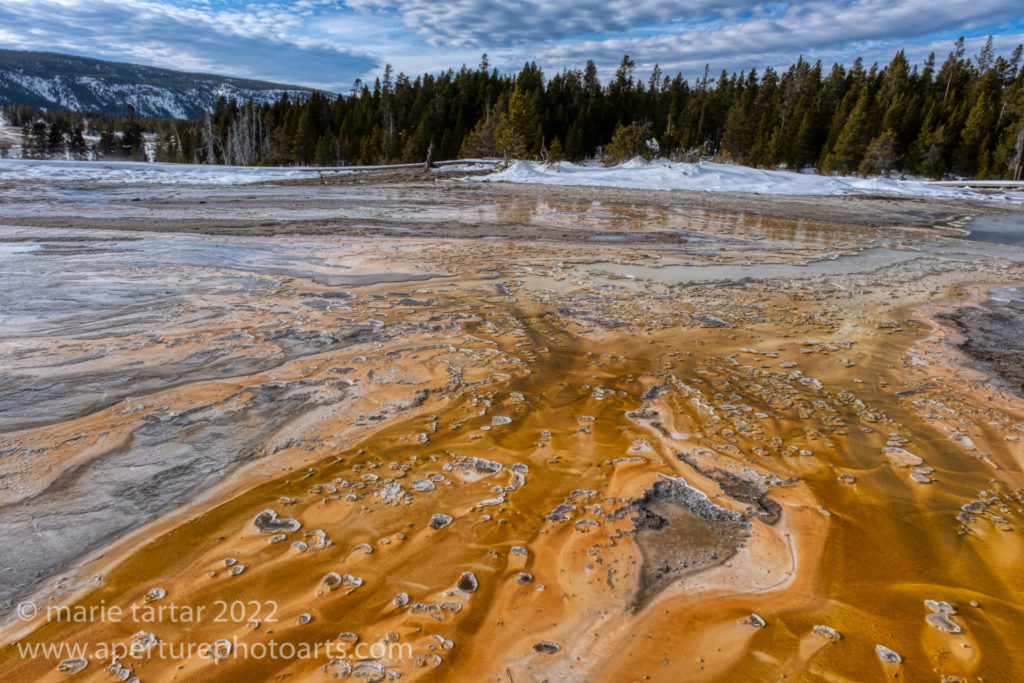
The colors in Yellowstone never cease to amaze, reflecting minerals and the work of heat loving thermophilic micro-organisms.The darker greens and browns signify cooler waters than the “hotter” tones of orange and yellow produced in warmer temperatures.

Yellowstone abstract expressionism. It’s weirdly full circle, visiting Yellowstone during a global pandemic gradually being brought to heel, thanks in part to the availability of PCR testing, which couldn’t have been developed without isolation of thermophilic bacteria isolated in Yellowstone in the 1960s. A thermal stable enzyme, taq polymerase, is derived from the bacterium Thermus aquaticus strain YT-1, first found in Yellowstone hot springs. This enzyme (the P in PCR, polymerase chain reaction) allows minute quantities of RNA found in a nasal swab of a Covid-infected patient to be converted to DNA and to be amplified in repeated heatings and coolings, increasing the quantity of DNA to detectable levels. It’s also amazing how happenstance the discovery of Thermus aquaticus strain YT-1 was. A traveling microbiologist named Thomas Brock alighted from his car in 1964 to stretch his legs from a long road trip. A ranger was giving a talk at a thermal pool colored by blue-green algea. Brock was intrigued by the apparent ability of microbes to survive extremely high temperatures of the hot springs, as prior to this, it was thought such temperatures could not support life He would return with an associate for serial summers of fieldwork beginning 2 years later. And thus was launched a whole new field of study of extremophiles.
On our first trip together to Yellowstone in 2015, Steve and I were up at 3 am shooting Old Faithful by a full moon. A woman came by with a mysterious message:
“We have a Beehive indicator down by the river.” That’s the way we heard the message. It might have meant more to us as Beehive’s Indicator.
We had NO idea what she meant. We gathered she had some reason to believe Beehive, a large geyser a short walk away from Old Faithful, would soon erupt. It wasn’t until this year that we learned what she meant. It turns out Beehive, which when it erupts does so in spectacular fashion, lasting 5 minutes and shooting 200 feet into the sky, has an adjacent indicator geyser, which when it starts to get active, Beehive soon follows. We thought she meant indicator in a more metaphysical, less physical sense, like the stars were aligned or something. For years afterwards, we had fun with that word, uttered with her distinctive intonation.
Beehive is named for its distinctive cone and when it erupted, was absolutely spectacular! In recent years, it goes off at semi-regular 11-14 hour intervals, usually preceded by the Indicator sending up a spume signal up to half an hour before. The only flaw in this otherwise perfect afternoon was Steve slipping on ice, having unwisely refused the offer of Yak Trax, a crampon-like slip-on attachment for shoes made with rubber and springs. He was up in a flash, not hurt.
Old Faithful kept us waiting for its regularly scheduled performance. I was hopeful we would be able to backlight the column with the setting sun, but the “delay” and heavy clouds didn’t work out quite as I hoped.
Dinner at the Old Faithful Snow Inn made us miss the rising of the near full moon. By the time we made it out, by 8 pm, the moon was too high to backlight Old Faithful.
Tuesday February 15, 2022
It snowed lightly overnight. After depositing our luggage down in lobby by 6:30 am, there was just time for a quick buffet breakfast by the fireplace before loading into the snow coach at 7:15. Having ridden the day before in the front passenger bench, we rotated to the back of Dylan’s vehicle for today. A few minutes after leaving Old Faithful village, wolves were sighted, fleetingly, unusually close to the road and the village. I had thought storing my camera backpack in the back of the coach would be a good idea, more room on the bench. This proved to be a disadvantage when the wolves were sighted. They were gone by the by the time I dragged the bag up to where I could extract the camera and assemble it with the teleconverter and poked my head up through the roof. This was my first time to try shooting standing on the snow coach’s seats with my head up through the roof opening.
We made a brief pause to shoot from the coach dead bobby sock trees, so called for the collar of white at their bases, their vascular systems bolloxed up by ingestion of excessive minerals, killing the trees.
We broke out the Yak Trax for walking on fresh snow at Fountain Paint Pots. There was so much fog and steam, we could hear Fountain geyser erupting better than we could see it. The sun broke through briefly on the walk back.
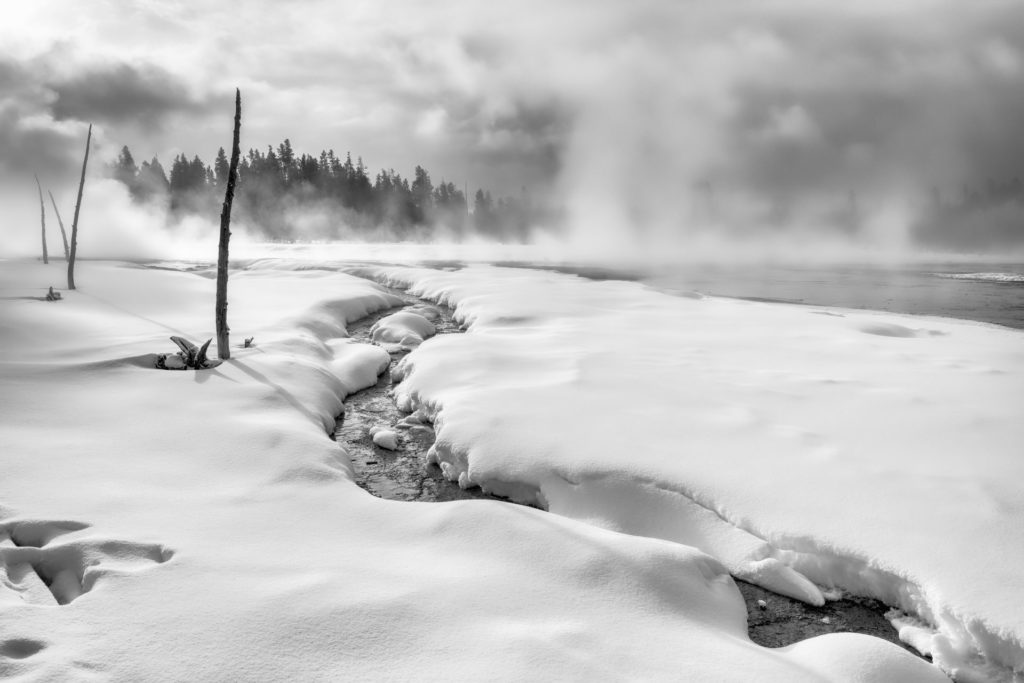
Probably my favorite of my images from this trip, a steamy, snowy wonderland: Fountain Paint Pots, Yellowstone.
Sighting trumpeter swans as we drove along the Firehole River prompted Dylan to tell us how the introduction of non-native Great Lake species of lake trout competed with and decimated stocks of Yellowstone cutthroat trout. The lake trout hatches 2 weeks earlier and favors deeper depths than the native trout, depriving bald eagles of a key food source, as they are unable to dive deep enough to predate Great Lakes trout. This led the eagles to predate young swans (cygnets). A concerted effort to route out the non-native trout is evidently bearing fruit, as last year was the first year the cygnets have survived into adulthood, growing to a size where they can successfully defend themselves.
Driving north towards Mammoth for lunch, the forest transitioned from predominantly lodgepole pine to a mix of juniper, Douglas fir and Engelmann spruce trees. There are only 14 native species of tree in the Yellowstone area. When wolves were eliminated from the Yellowstone eco-system, there was a loss of biodiversity of vegetation which has responded favorably to their reintroduction.
Dylan also filled us in on the area’s exploration by Europeans, beginning in 1807. Reports from “mountain men” led to exploratory expeditions after the Civil War ended. The first government sponsored expedition was led by geologist Ferdinand von Hayden in 1871. To communicate the uniqueness of the basin, he brought along a photographer, William Henry Jackson and a painter, Thomas Moran of the Hudson River School. Jackson was limited to 26 black and white glass plates. We had gained an appreciation for Moran’s work during our visit to the National Museum of Wildlife Art back in Jackson. The reports from this expedition and the images paved the way for legislation in 1872 in which Congress established Yellowstone as the first National Park in the world.
Tonight was the first of 2 nights staying in Gardiner, at the Super 8. Dinner at the Wonderland Cafe was surprisingly wonderful. Steve and I shared a southwestern chopped salad and elk chili. These starters were so tasty and substantial, our entrees of lake trout with yogurt sauce, mashed potatoes and gravy and asparagus (me) and spicy Thai red curry with chicken and vegetables (Steve) were almost superfluous.
Wednesday February 16, 2022
We hedged our bets on breakfast by bringing home a pair of good-looking scones from the bakery at Wonderland Cafe the night before. Today, we hunted for wildlife along the only maintained road open during the winter in Yellowstone, between Gardiner on the west and Cooke City, Montana on the east. Our return from the Lamar Valley was prolonged by a bison-jam, with a huge herd of bison dawdling, meandering in and out of the road. Dylan taught us a new term for such a clot: an obstinacy of bison, an apt term.
We worked our way over the morning towards the northeast corner of the Park, where a thicker blanket of snow coated the landscape. A bighorn sheep rested high on up on a wall, while the only moose we saw on this trip was largely concealed inside thick willow shrubbery.
We had a more funny than tragic miniature lunch snafu. Somehow, half the lunch sandwiches had been left back in the hotel. The guides murmuring about one of them driving back to Gardiner for them was resolved when everyone volunteered simultaneously to make do with half a turkey club sandwich.
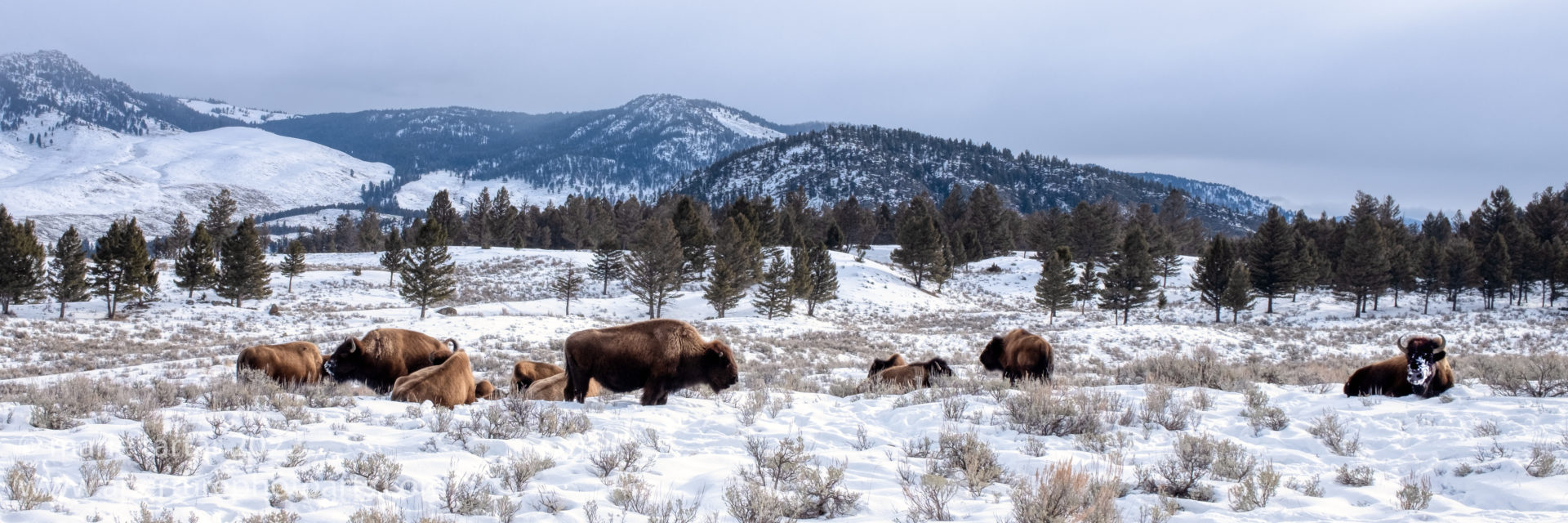
Bison foraging in snow in Yellowstone in winter, an unbeatable combination of wildlife and wild and snowy landscapes.
In the afternoon, we visited the home and studio of professional photographer Dan Hartman, Wildlife Along the Rockies. This was also a shoot, as he has a lushly forested front yard and an abundant supply of bird seed and many willing and colorful birds kept us shooting for 45 minutes before we even stepped foot into the house. He has an inexhaustible supply of interesting stories. He regularly acts as a scout for television and film teams needing footage for nature programs.
Our dinner was back in Gardiner at Cowboy’s Lodge and Grill, where I opted for the wild game chili and Steve went for a buffalo burger and fries.
Thursday February 17, 2022
After checking out of the Super 8 and leaving Gardiner, we spotted 2 bull bison plodding up the hill out of town and tried unsuccessfully to find them again, cruising through a residential area in Mammoth. We heard coyotes singing and spotted bighorn sheep resting atop a ridge, but the highlight of this morning for me was stopping to photograph a frozen waterfall, Undine Falls ( undine is a German word for a female water sprite).
Along the road, the Rescue Creek wolf pack could be made out via telescope, as dots among bison.
Lunch was a return to the wonderful Wonderland Cafe. By now, we were on to their portion sizes and enjoyed a more reasonably sized meal of cups of game chili and the chopped (cortado) salad. I picked up a book at the Yellowstone Forever store which I later really enjoyed, American Wolf by Nate Blakeslee. Dylan played several excellent podcasts on some of our drives, introducing us to O-Six and other iconic wolves so rapturously followed by powerful telescopes by a pack of dedicated wolf advocates along the roadsides of Yellowstone throughout the year, no matter the conditions. Wolves were reintroduced into Yellowstone in 1995, after having been completely eliminated by rangers (then members of the US Army ) in 1926. The 14 wolves in the reintroduction project were brought from Canada and kept initially under armed guard in acre-size acclimation pens. Then, as now, wolves ignite controversy. The impetus for reintroducing wolves to Yellowstone was collapse of the trophic cascade. Wolves, as Yellowstone’s top predator, kept elk populations and grazing under check. Without wolves, elk had free run of the Park for decades and their numbers swoll to prodigious proportions. Their feeding on stream side vegetation led to collapse of river banks and erosion.

A wolf resident of the Grizzly and Wolf Discovery Center in West Yellowstone, from our 2015 summer trip.
After wolves were reintroduced to Yellowstone, remarkable changes were quickly observed. Elk numbers were reduced and elk behavior altered, with the elf avoiding valleys they had formerly frequented. The trees and vegetation recovered, leading to rebounding populations of songbirds and beavers. Increased beaver activity improved the marine habitat, increasing fish stocks and diversity of animal life. With the arrest of erosion, river courses narrowed and straightened. Despite the overwhelming biological evidence of wolves’ importance in the Greater Yellowstone Basin ecosystem, their future remains in jeopardy, largely because wolves who wander outside the confines of the Park can be legally hunted in several adjacent states, since their numbers rebounded enough to take them off the Endangered Species list. Blakeslee does a good job in American Wolf in telling this ongoing tale and bringing to life O-Six and the many human players on both sides of the wolf advocacy question. Of course, wolves are not the only wild animals with which people in lands adjoining the park are concerned. For example, Montana cattle ranchers do not want wild bison due to concern over Brucellosis.
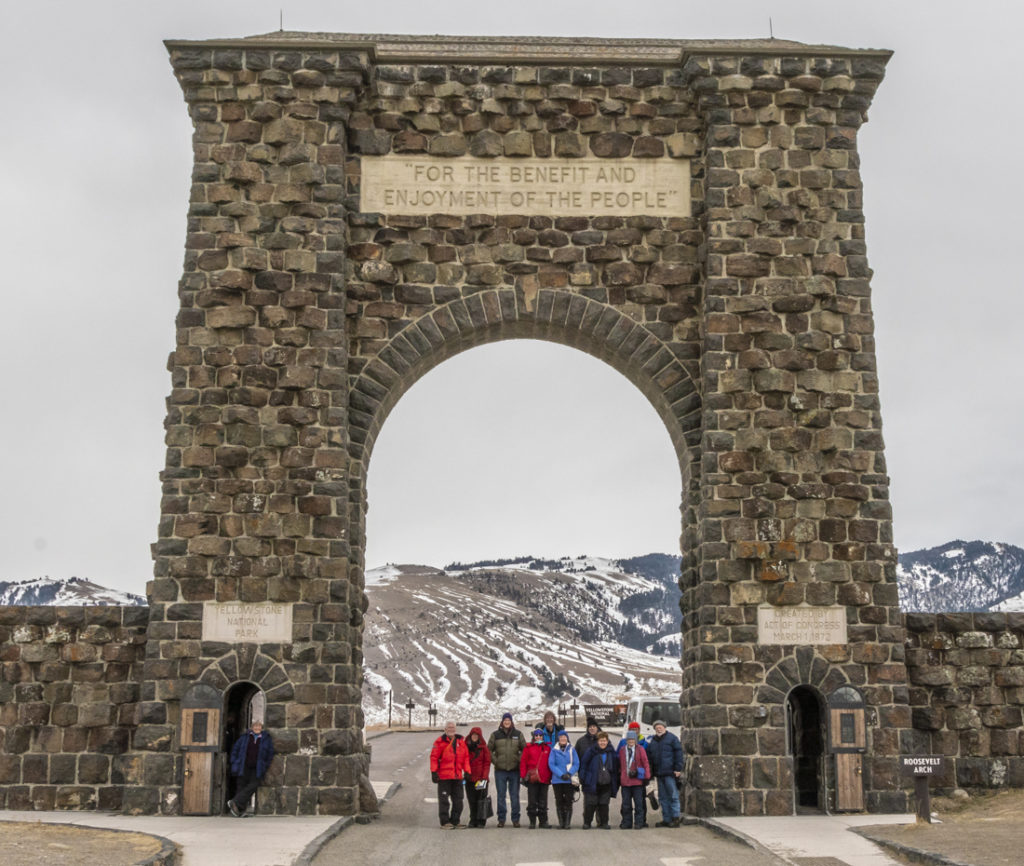
We took a group photo at Roosevelt Arch, marking the north entrance into Yellowstone National Park. Construction of this basalt stone triumphal arch was in 1903 and was conceived to counter a lack of grandeur at the then most used Park entrance. Now it seems somewhat isolated and remote and more curious than ceremonial. The phrase inscribed on the arch, For the benefit and enjoyment of the people, is drawn from the 1872 legislation establishing Yellowstone as the first national park, 150 years ago. Naming the arch for then President Theodore Roosevelt was happenstance-Roosevelt was vacationing in the Park at the time of the cornerstone laying ceremony (his only visit) and was asked to speak at the dedication. Photo courtesy of Gordon Illg.
We had one final wildlife surprise in store on our drive to Bozeman through the Paradise Valley. This is a relatively snow-free area, favored by pronghorn. They are a unique mammal species that can outrun wolves and coyotes (top speed 60 miles/hour!) and the only large mammal that can digest sagebrush, which may be the only food available to it in winter. Its Latin name, Antilocapra americana, means “American goat-antelope,” but it is neither goat nor antelope. Nor is it related to African antelopes. The males have a dark cheek patch, with scent glands beneath, with which they mark their territory.
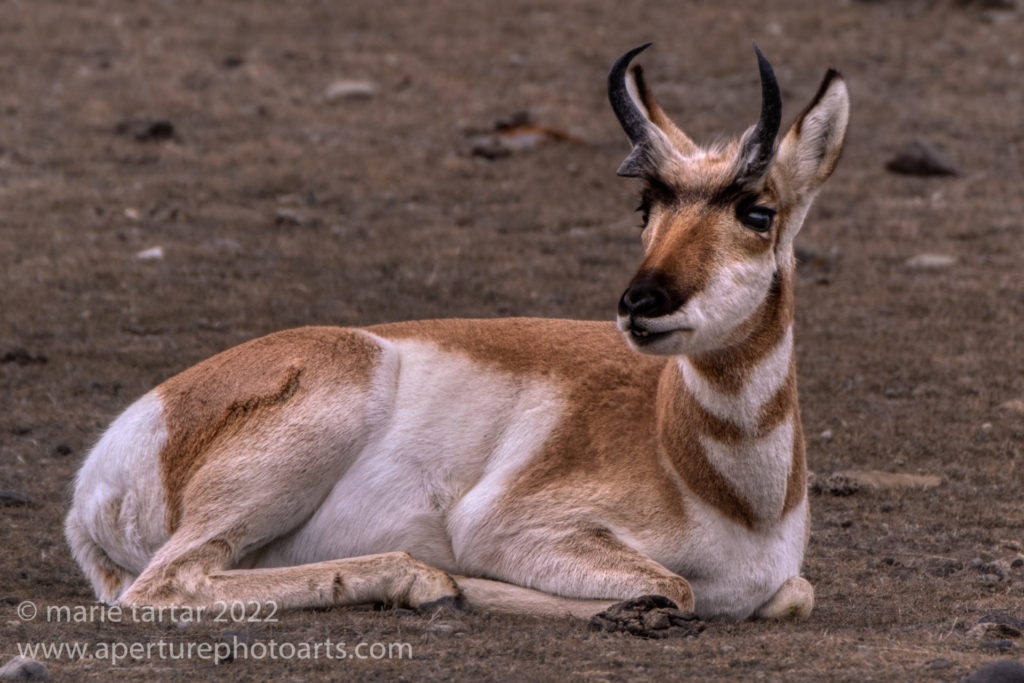
Male pronghorn at rest in Paradise Valley, outside Yellowstone National Park, near Gardiner, Montana.
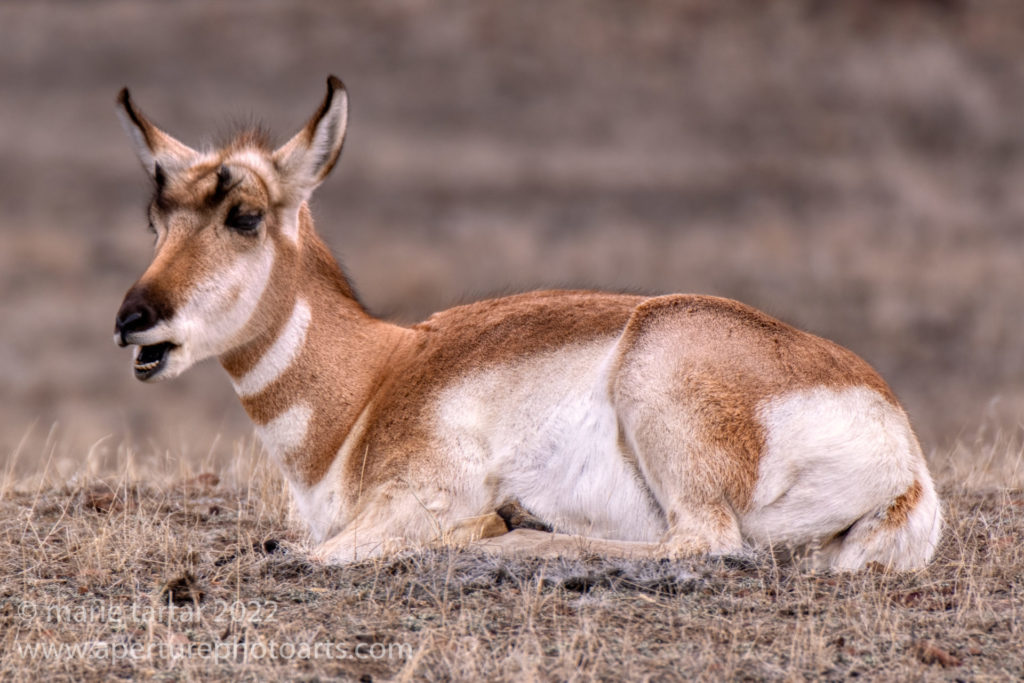
Female pronghorn, at rest in Paradise Valley, near Gardiner, Montana and the northwest entrance to Yellowstone National Park.
Friday, February 18, 2022
We caught the hotel’s 10 am shuttle into downtown Bozeman. One of the driver’s breakfast suggestions, Nova, paid off in a supernova of a breakfast in a colorful and cheerful setting. The turkey hash was sautéed with red and green peppers, onions, squash, zucchini, pine nuts and potatoes. Steve’s philly steak hash was equally savory. Their latte was excellent too. It was a great send-off for a long travel day, flying to Flagstaff via Denver. We made it eventually to Flag, after the small jet from Denver was delayed and more delayed making computations of the plane’s weight with all of the checked baggage, presumably full of winter clothing. We’d learned the hard way that our arrival after 7 pm meant we wouldn’t make it before the rental car agency closed for the night , another downside of flying to a smaller airport, maybe not enough to offset being a closer drive to our final destination: Sedona and the 28th annual Sedona International Film Festival.


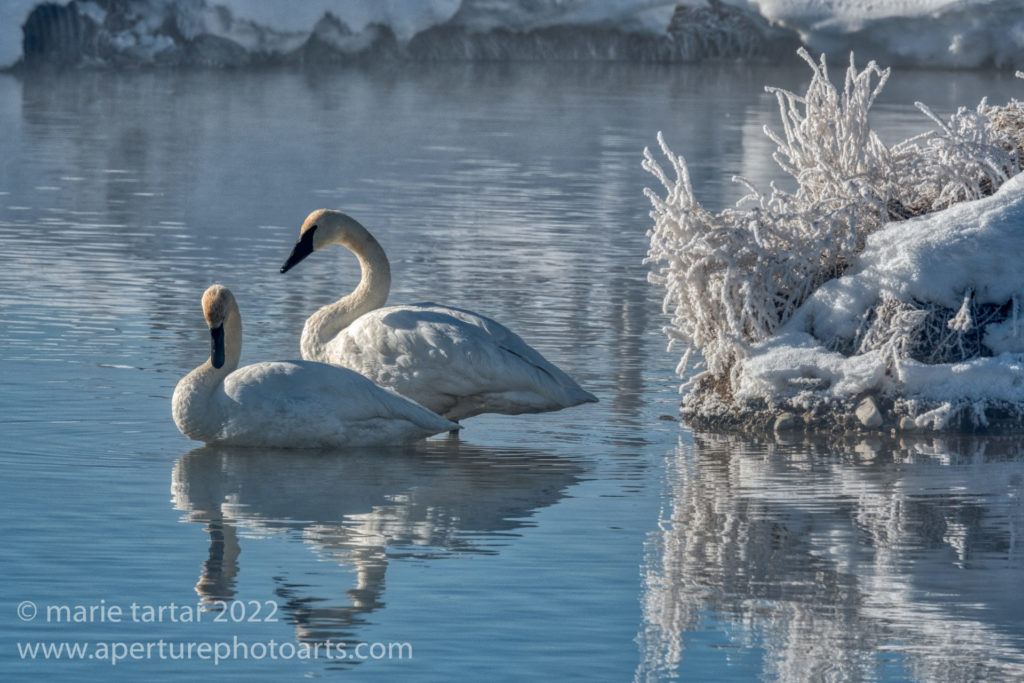

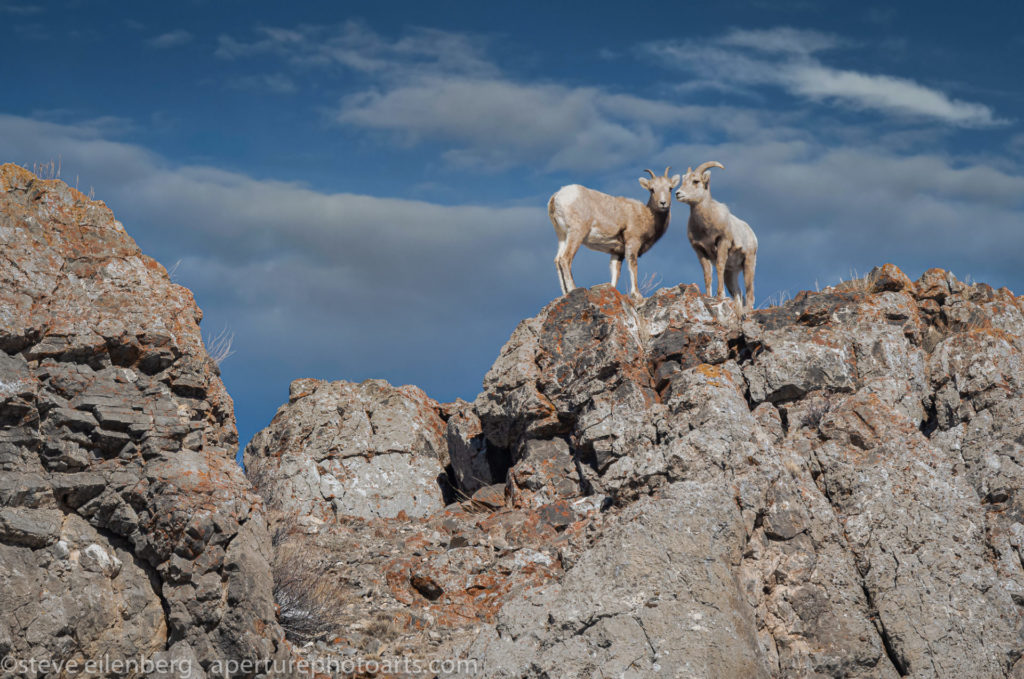
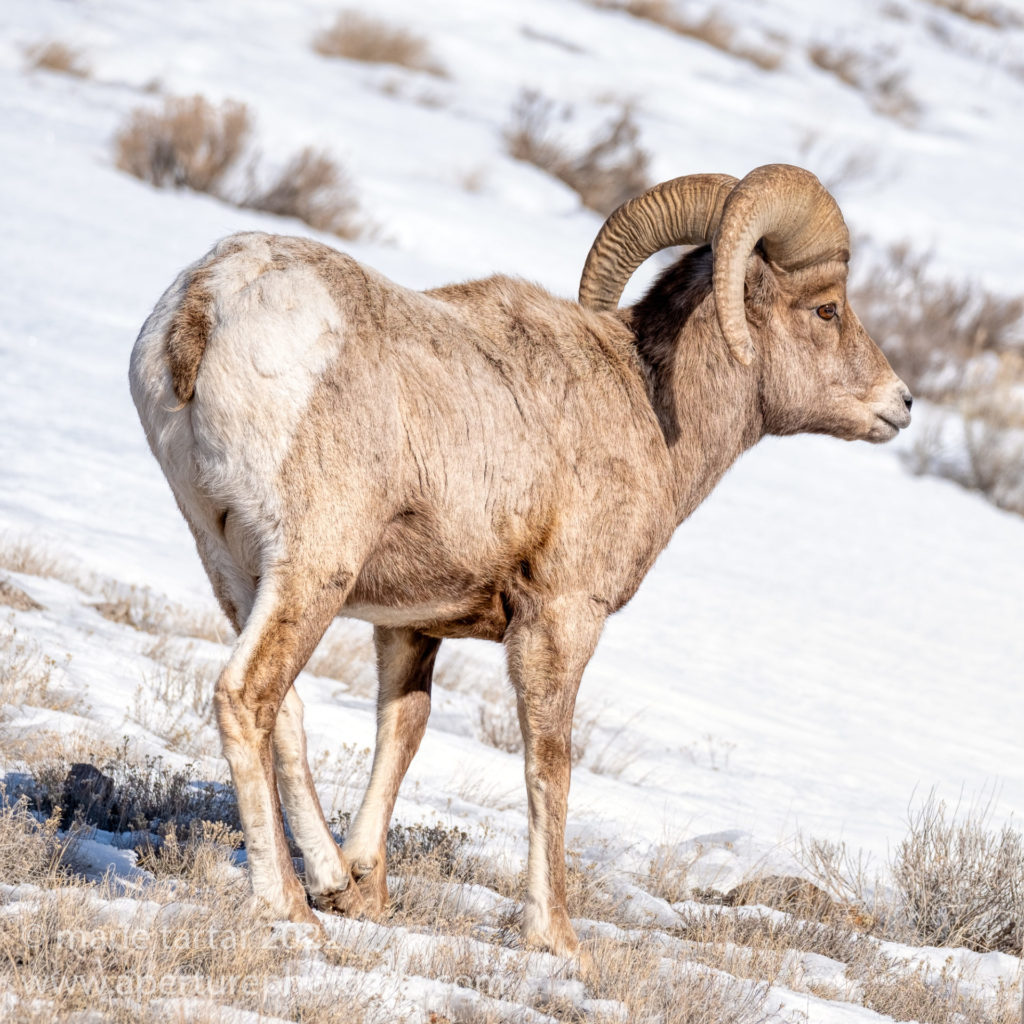
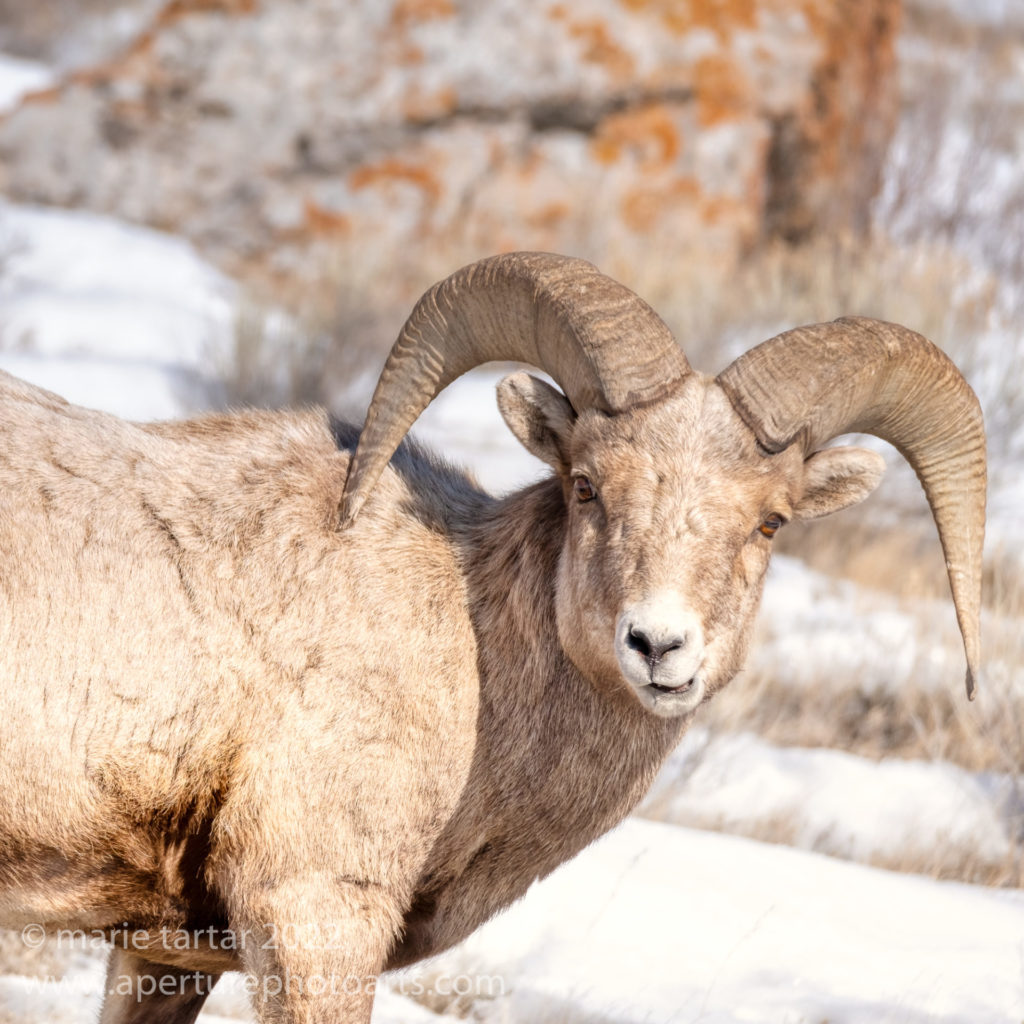
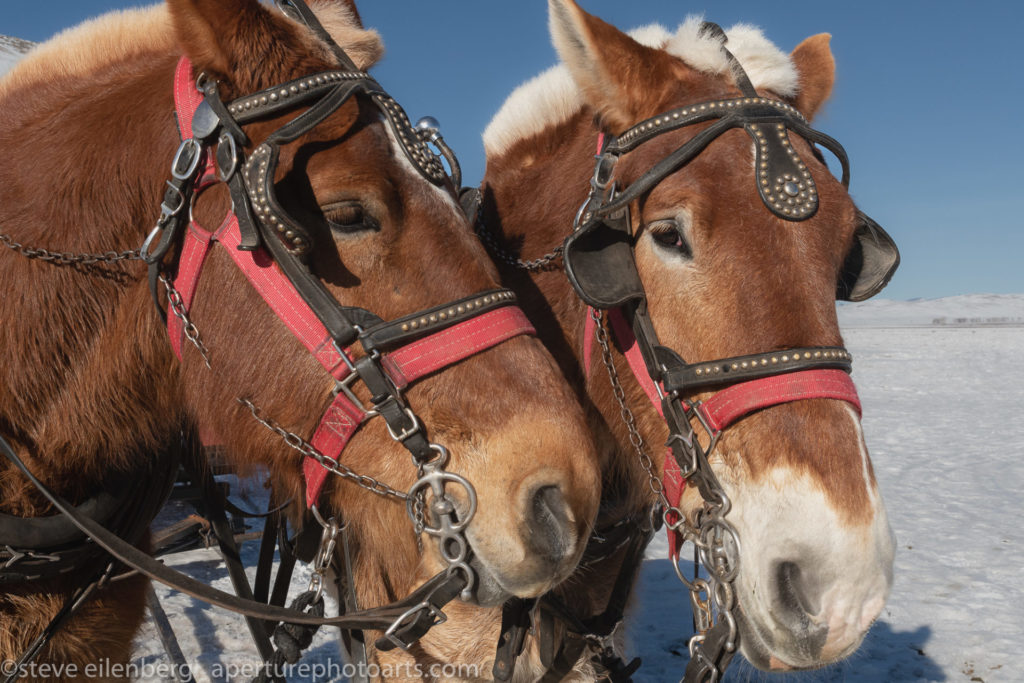

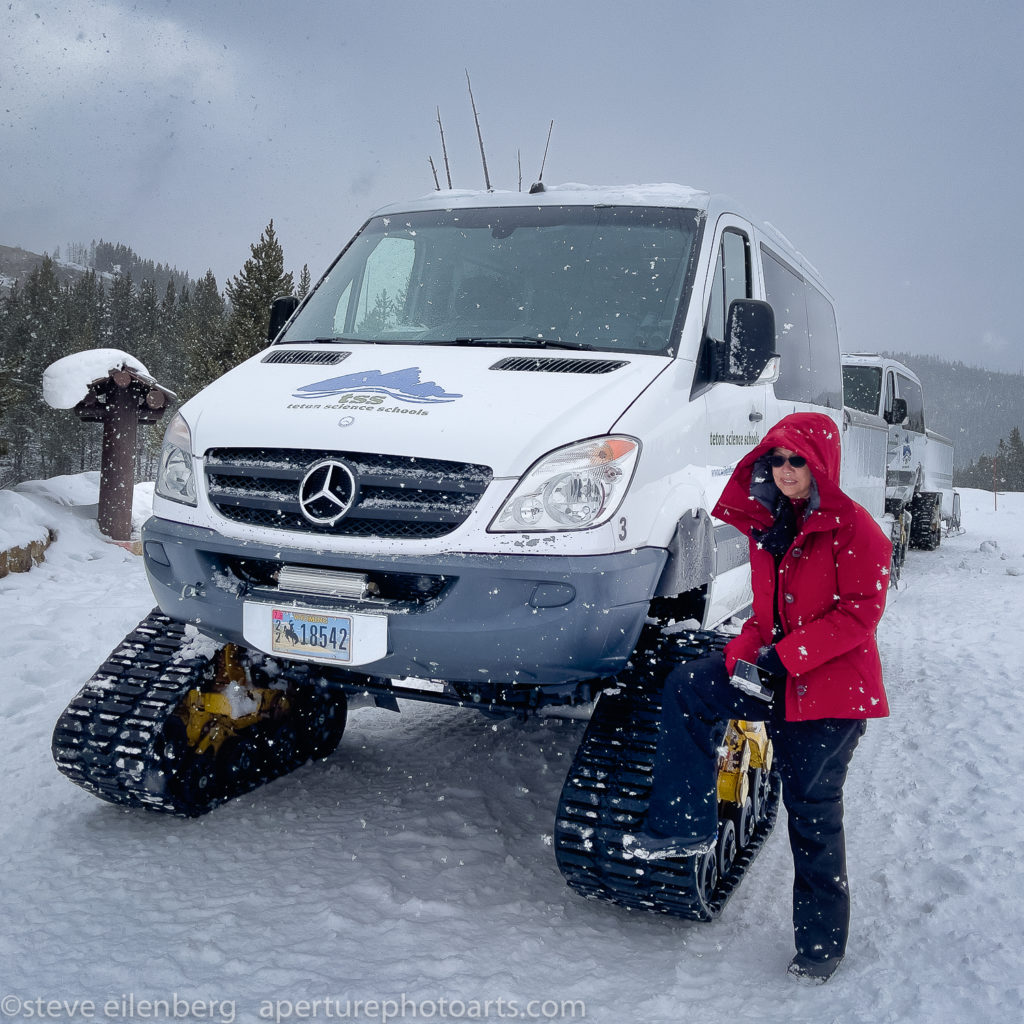
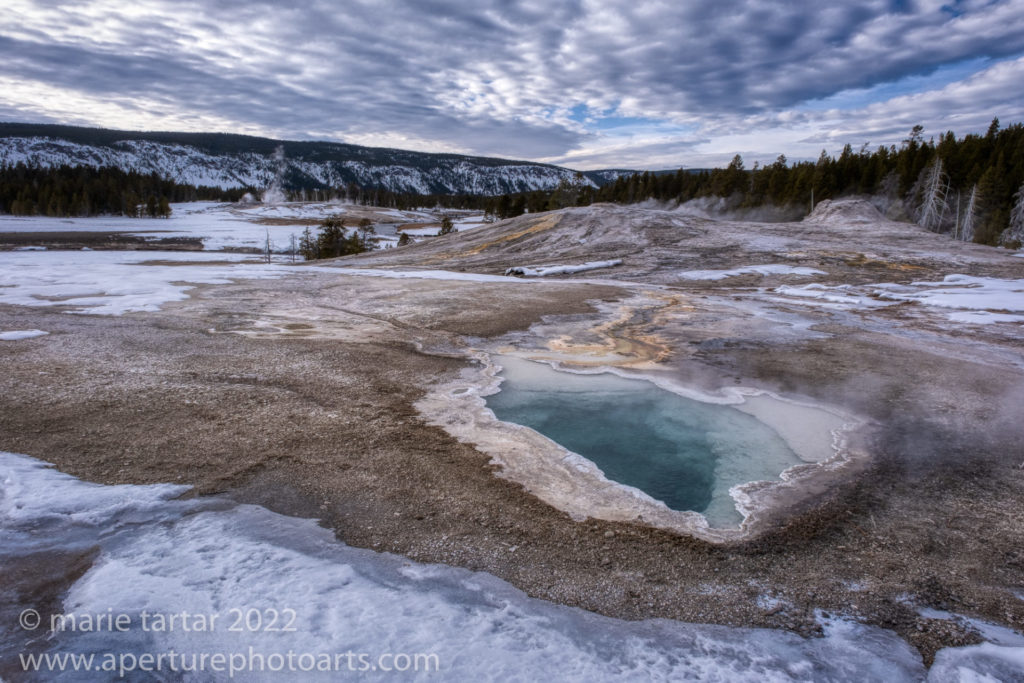
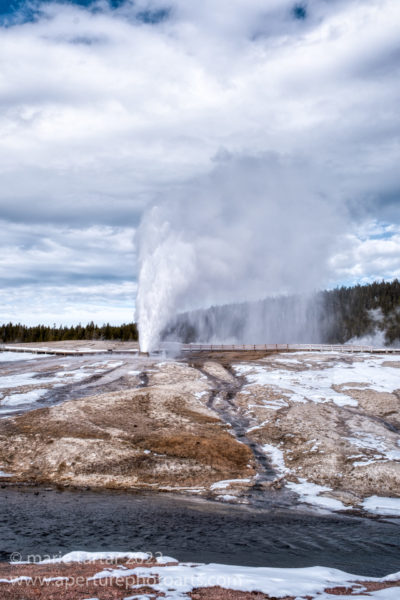
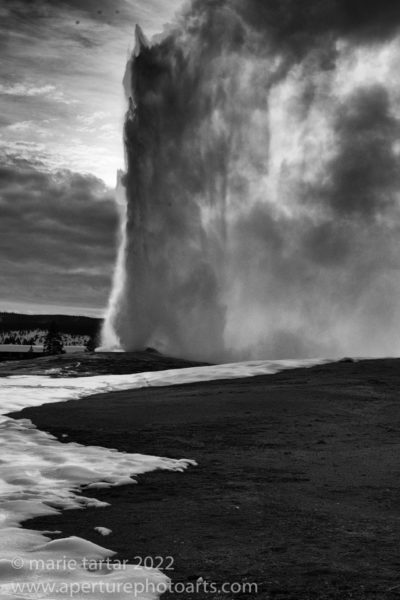

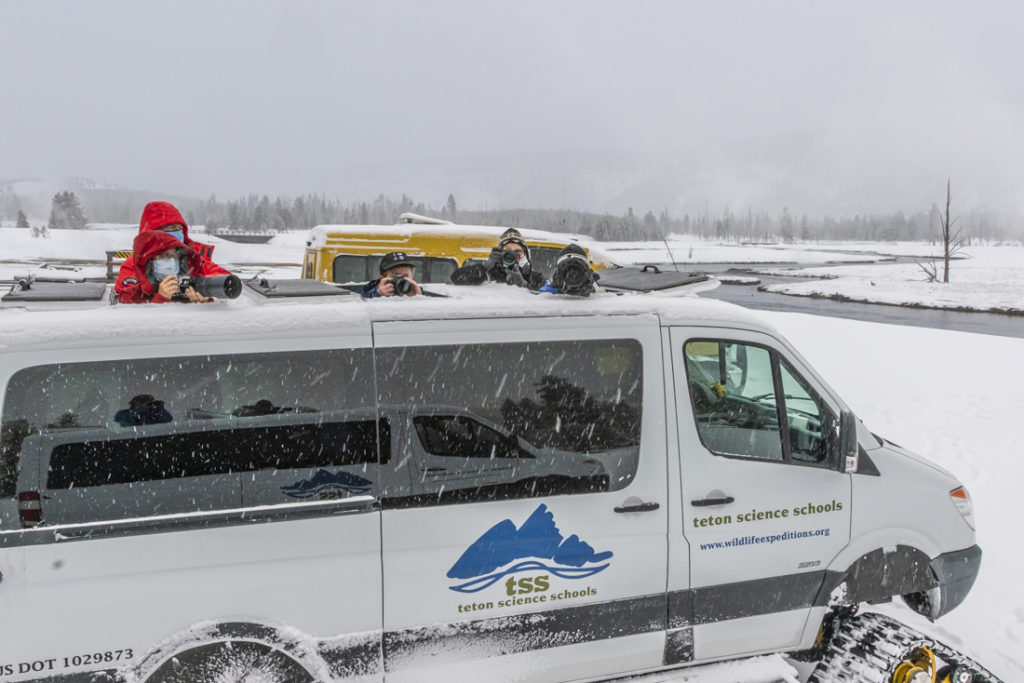


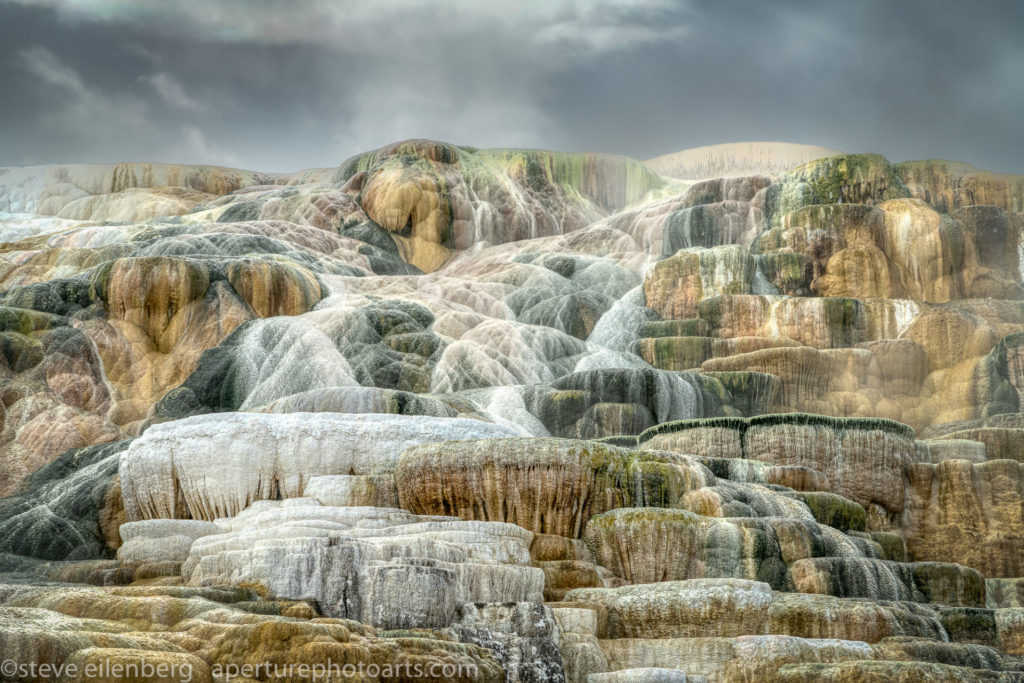

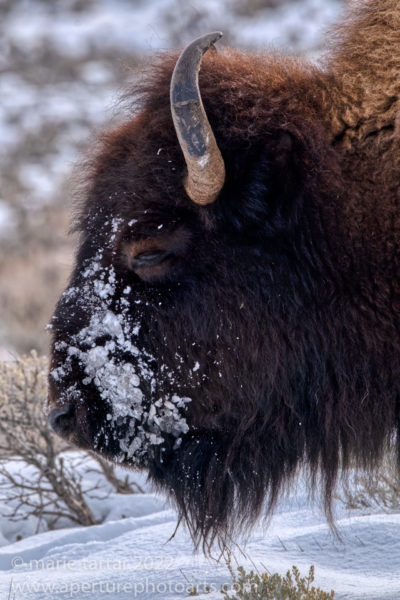
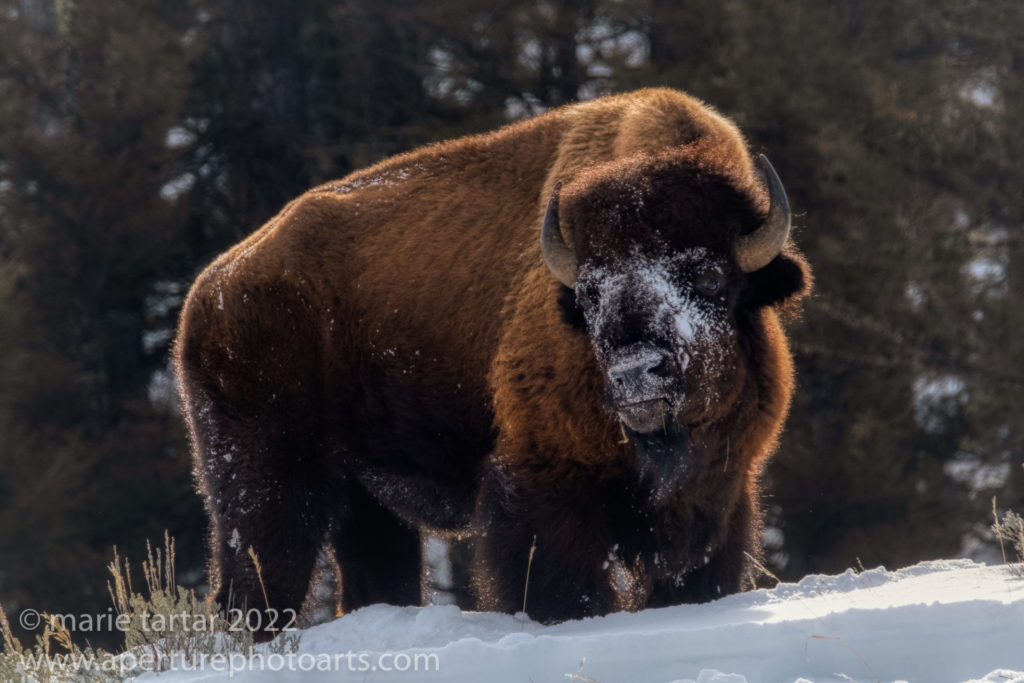

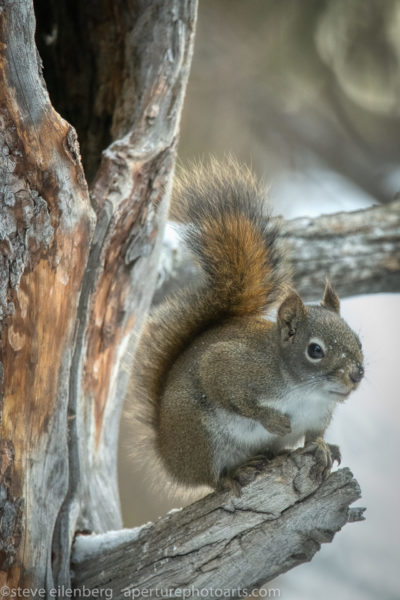
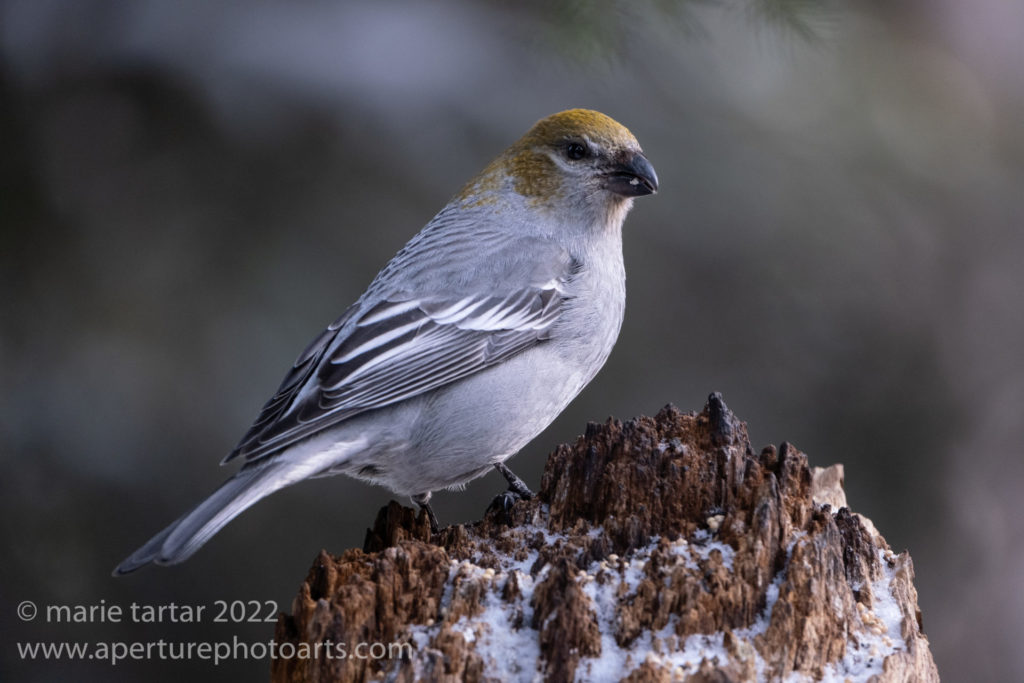
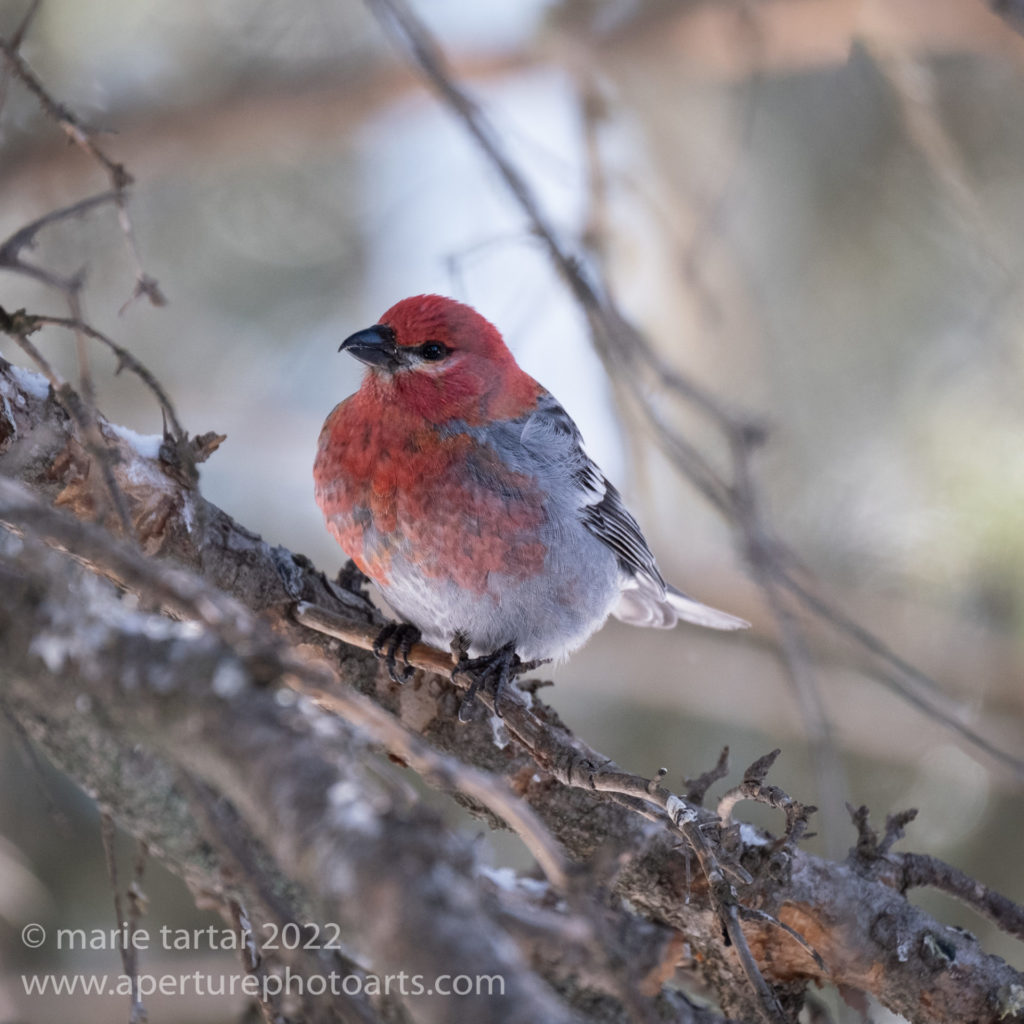
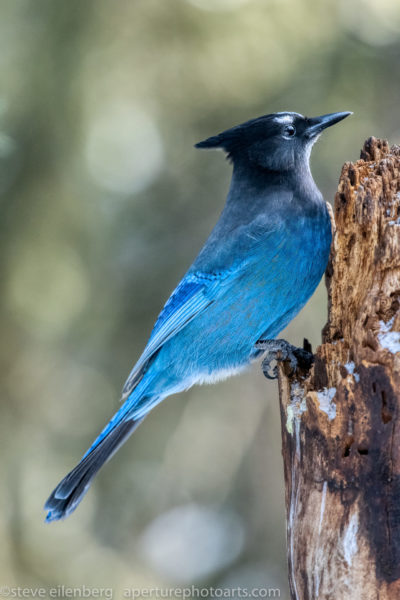



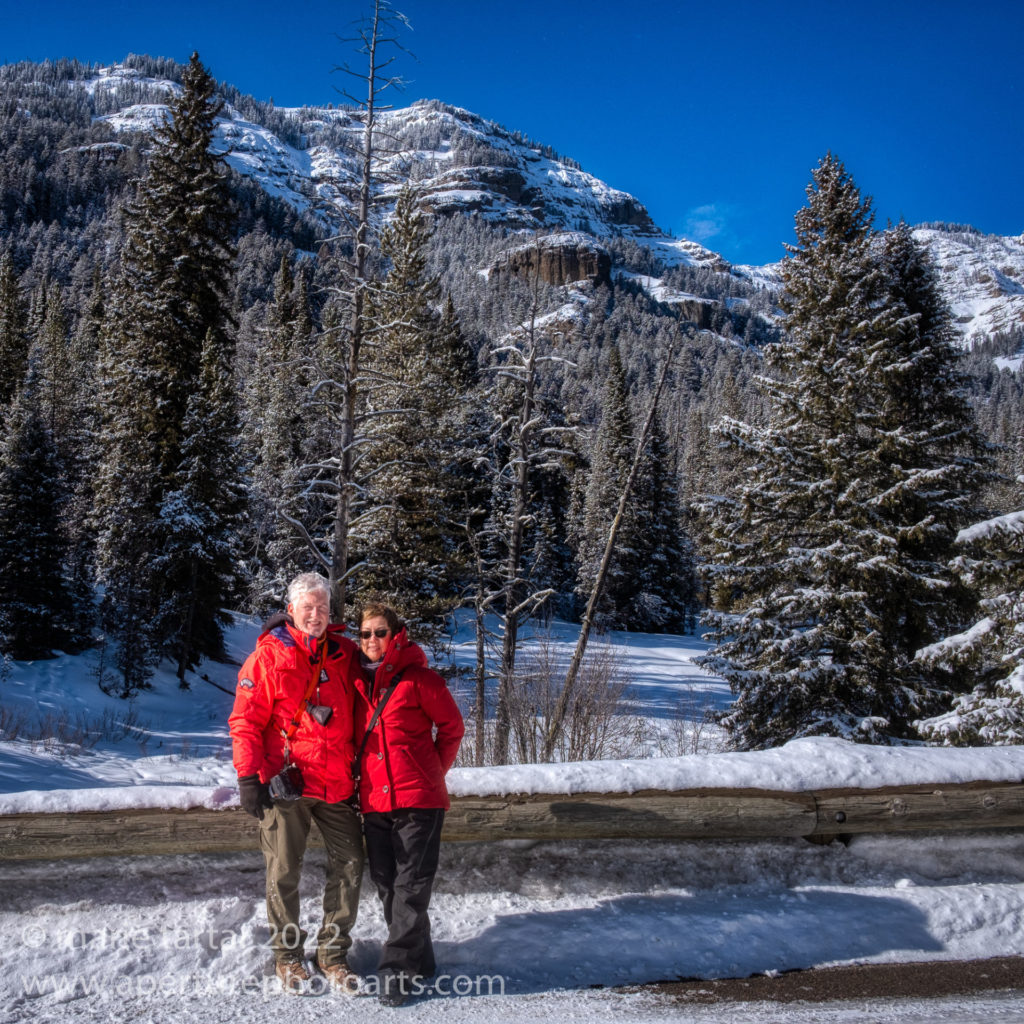
I love winter scenes and yours are spectacular. What an awesome experience to share.
I love them too, maybe because they are “exotic” for those living in Southern California!
-Marie